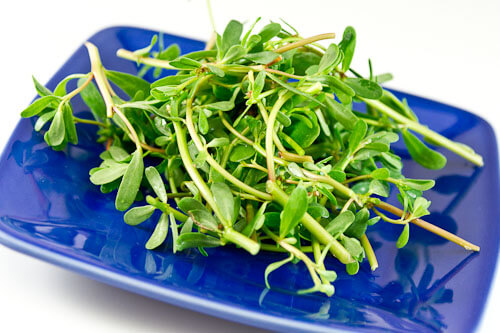
Purslane is a popular edible plant in many parts of the world, excluding the United States. Some Europeans and Asians mixed the greens in their salads and others simply cook them as a side dish. Americans, on the other hand, generally don’t eat purslane and treat the alkaline vegetable as if it’s nothing but a weed.
More people in the US should consider eating purslane, because the vegetable actually has great health benefits, including its ability to lower blood sugar.
Here is what purslane does to lower blood sugar:
It increases glucose uptake into the cells
It slows down the process of transporting glucose from the intestines into the bloodstream
It lowers hemoglobin A1c
It enhances insulin sensitivity
An animal study reported that purslane also curbs the appetite and assists in weight loss. Obesity is linked to diabetes in many cases.
In another study, researchers gave 180 mg of purslane to participants with high blood sugar levels every day for five weeks. The scientist found that the purslane lowered their blood sugar levels after only 2–3 weeks in the people with blood glucose levels below 200. The subjects with blood glucose levels above 300, had significant reductions after 4–5 weeks.
In a double-blind study, participants with type 2 diabetes who all took oral diabetes drugs were split up into two groups. For 12-weeks, one group consumed 180 mg of purslane daily, while the other group received a placebo every day. At the conclusion of the study, those people who took the purslane had a 44 percent improvement in their hemoglobin A1c level compared to the subjects who took the placebo.





